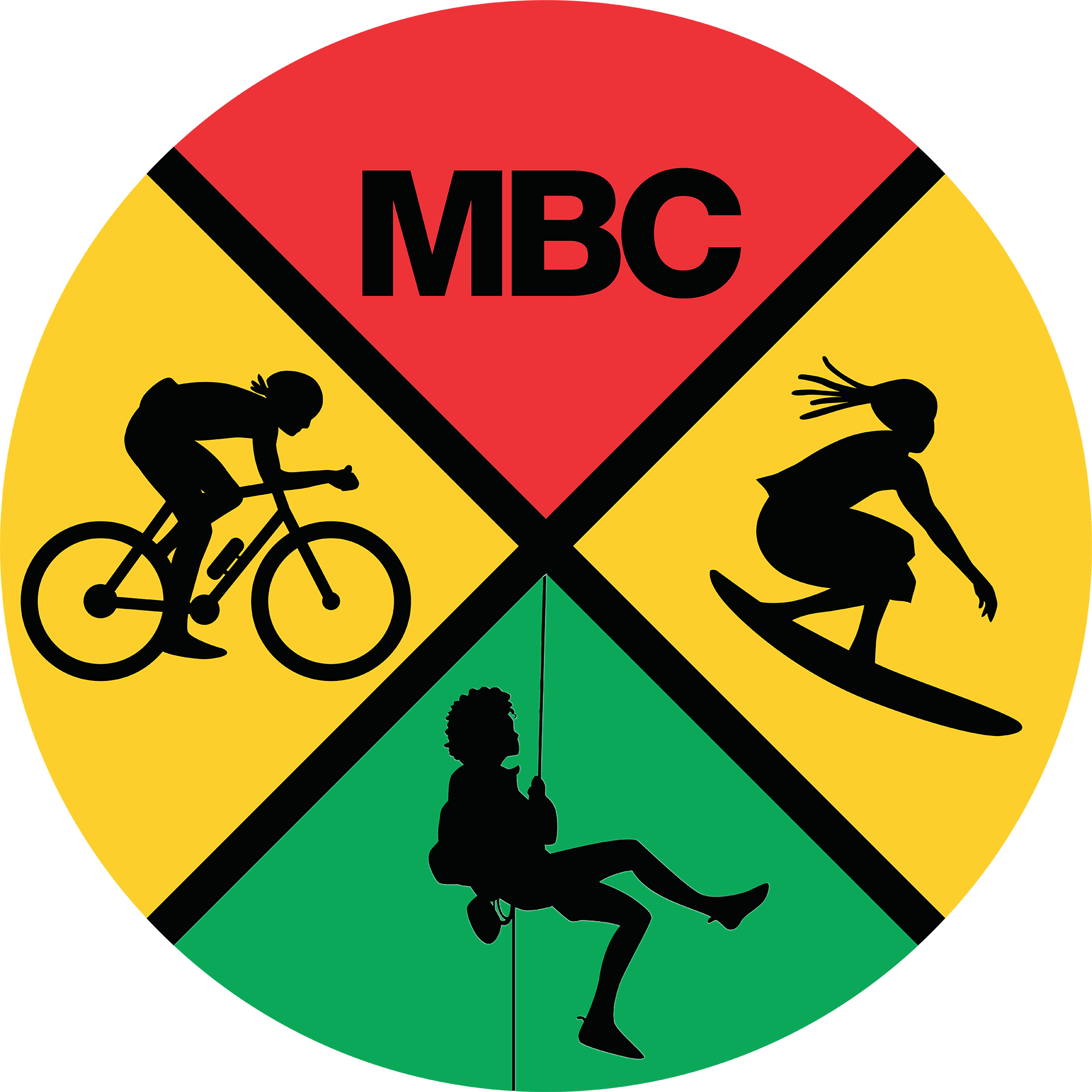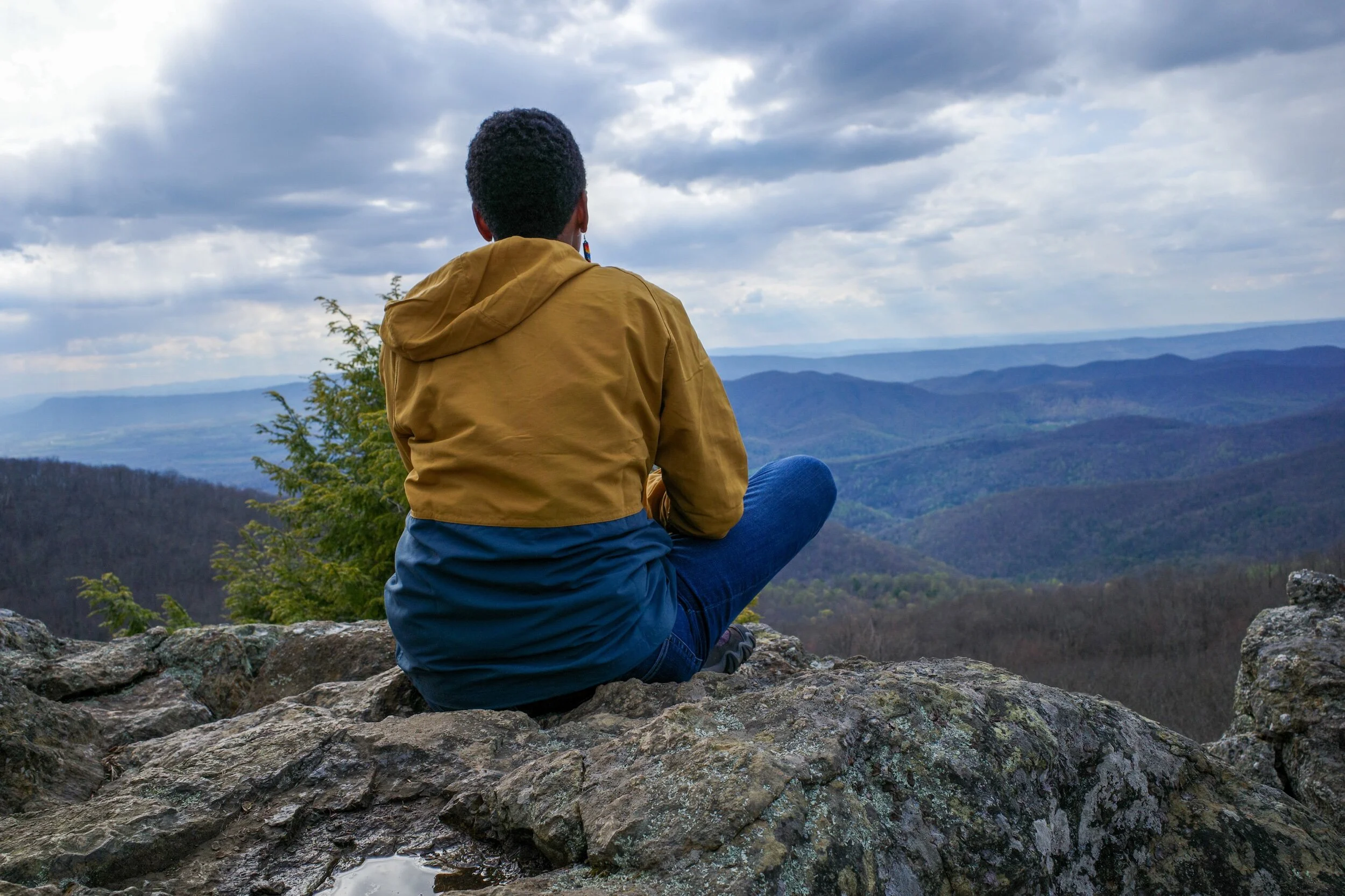Eight outdoorsy Black, Indigenous and People of Color (BIPOC) share their mental health stories.
Read MoreIt’s so hard to find an opening to talk about mental health and our mental well-being. Maybe it goes along with the pronouns: “I’m Amy, my pronouns are she/her and I have anxiety and depression.”
Read More“Dealing with mental health issues and having to constantly put on a mask and code switch to survive in a place that’s outside of my culture—all while being one of a handful of Black people in my field—has been stressful.”
Read More“Then it was bad. It’s very normal for people with bipolar to be misdiagnosed with severe depression and to be put on antidepressants, but because the medication doesn’t address the mania, it can be really harmful.”
Read More“For most of my life, [bipolar disorder] always felt like a dark, shameful secret, like a big flaw. Then I hit my mid-thirties and was like, screw it, I’m done. I don’t want to pretend any more.”
Read More“Coming from a background where my parents didn’t really believe in mental illness meant I didn’t get the help I needed until I sought it myself,” said Jessica, an Asian American skydiver from California’s Central Coast.
Read More“People like to say, ‘ponte las pilas’, or just make it work. But it’s not just about survival anymore, it’s also about making sure we’re taking care of our health.”
Read More“I wish the outdoors were more accessible to people of color,” said Thando. “We definitely experience mental health issues at a higher rate because of our experience living in this country.”
Read MoreThe media loves to portray people like me—people experiencing psychotic breaks and those with severe mental illness as violent and predatory. As people who should be locked away.
Read MoreFor those of us who grew up as the ‘token’ Black, Indigenous or Person of Color (BIPOC), sometimes it’s hard to admit that being ‘the only one’ is our comfort zone—we’ve never really known anything else. Let’s discuss!
Read MoreAnnapolis Rock in Myersville, MD is a hike I will probably never do again—more on that later. Here are a few reasons why YOU should check it out.
Read MoreJoin us for six different conversations about colorism at home and in the outdoor community.
Read MoreHere are 4 tips for dealing with internalized racism that will allow you to experience BIPOC community and the outdoors fully. Your family might even come along too.
Read MoreI love this hike because it’s close to home and has breathtaking views at the top. The fire road gives you the option of upgrading the accessibility and downgrading the difficulty level of this trail. It’s still an 8+ mile hike though, so make sure you come prepared.
Read MoreDespite being raised to be a well-adjusted, confident, Black kid, I wanted to be White.
Read MoreWant to diversify your Instagram feed? We can help! Check out our list of 16 Black Women & Non-Binary Climbers to Follow on Instagram!
Read MoreIn less than 48 hrs, a fundraiser started by a Vancouver based climber raised over $100,000 to help save a queer Black woman owned climbing gym - the only one of its kind in the U.S. - after it faced permanent closure due to pandemic related financial hardship.
Read MoreAbby Dione became the first Black woman in the United States to own an indoor rock climbing gym when she purchased Coral Cliffs in 2011. Here’s why that matters.
Read MoreWhen I get up in the morning and face the world, I often feel as if I have to be strong and tough with a clap back forged in the depths of Black Twitter, or else I’ll break.
Read MoreTsalani Lassiter is a black Peruvian photographer who has been capturing bears and other large animals on film for the past eight years.
Read More




















